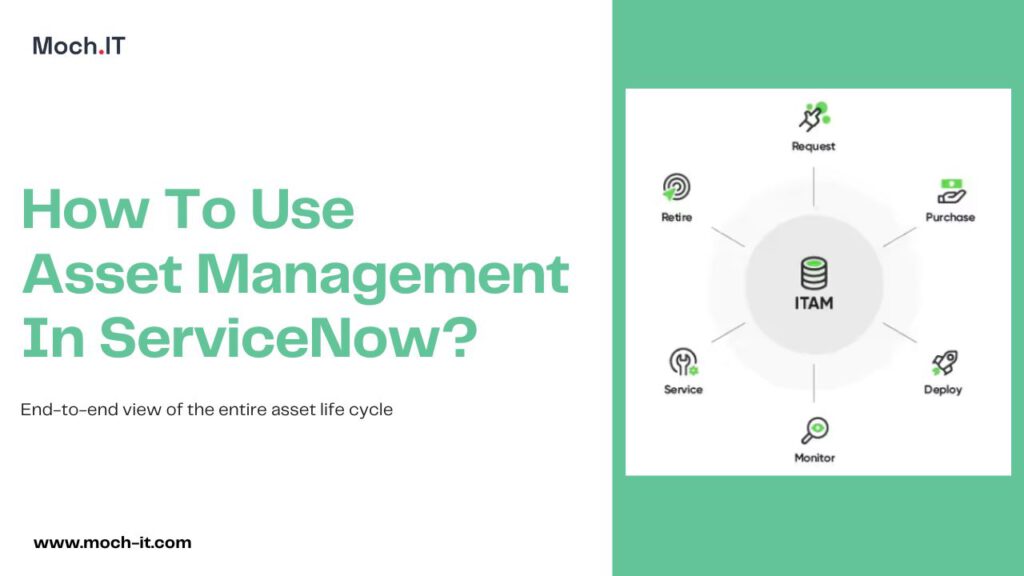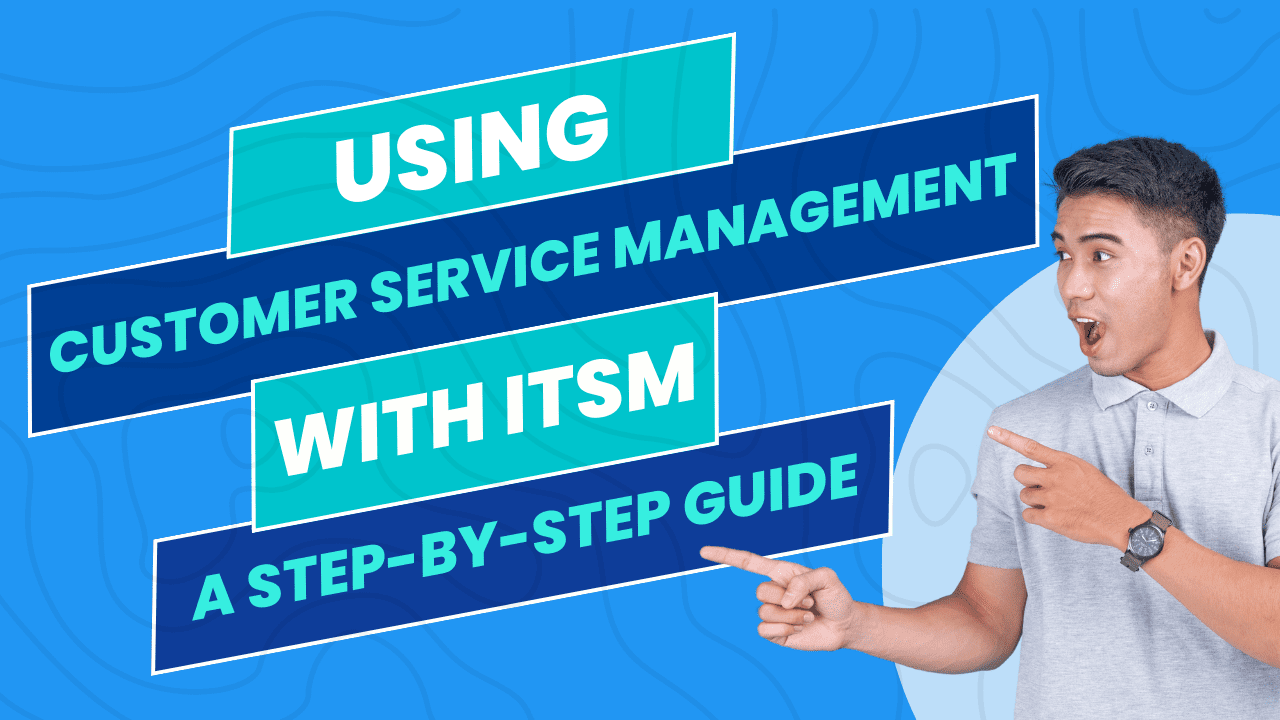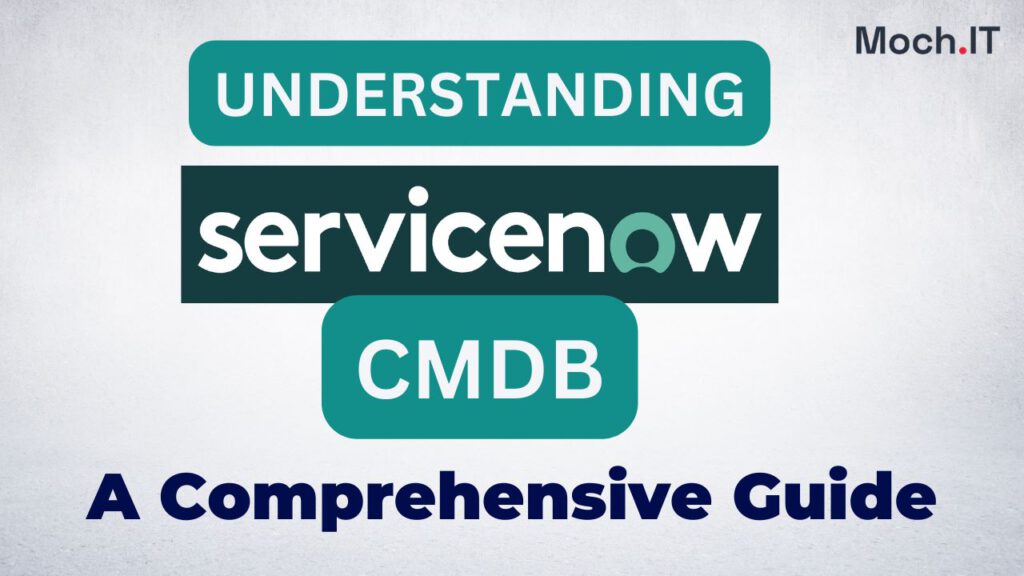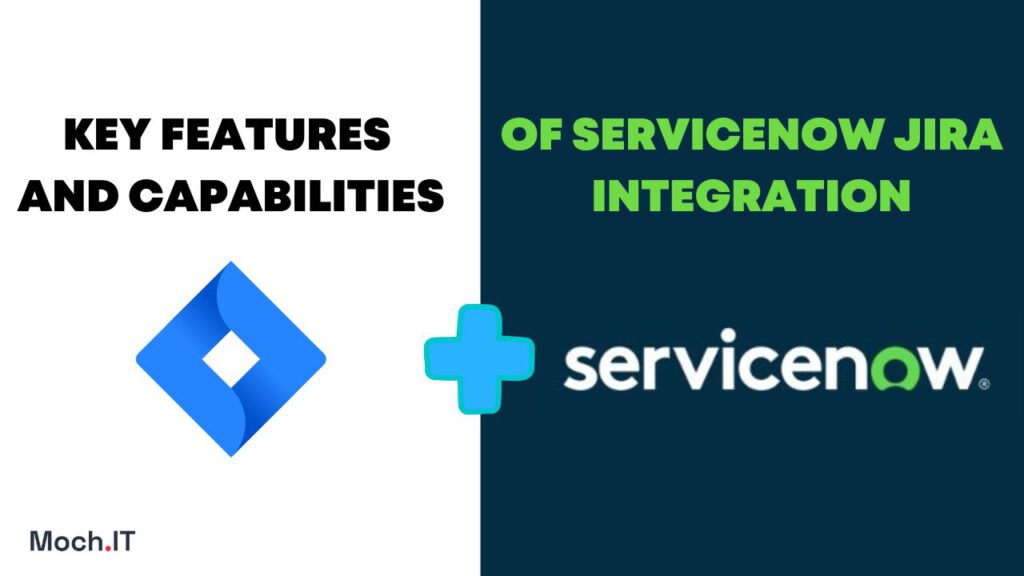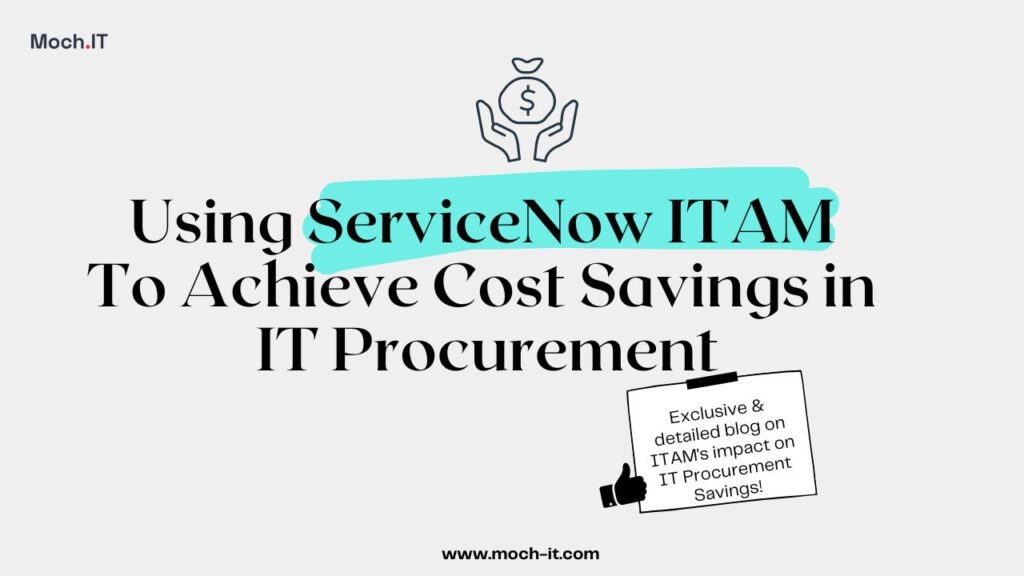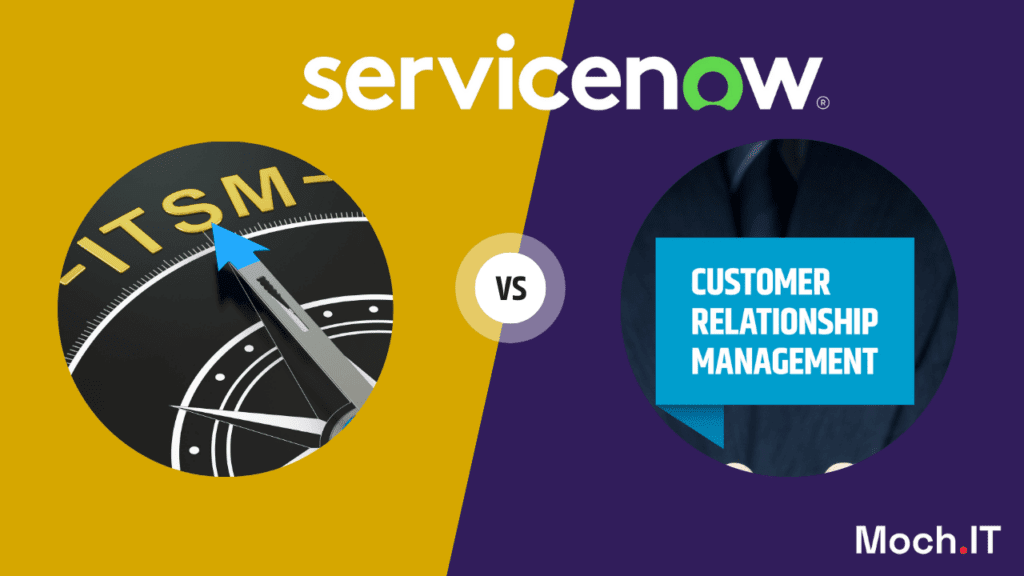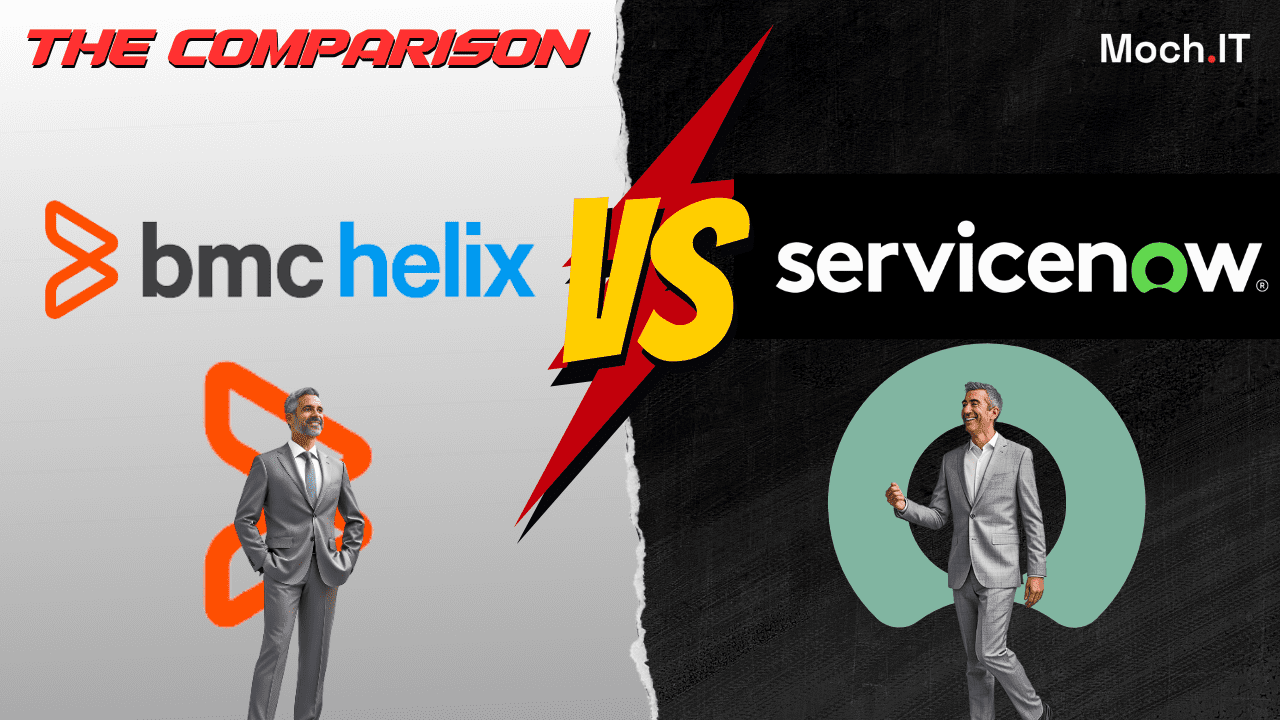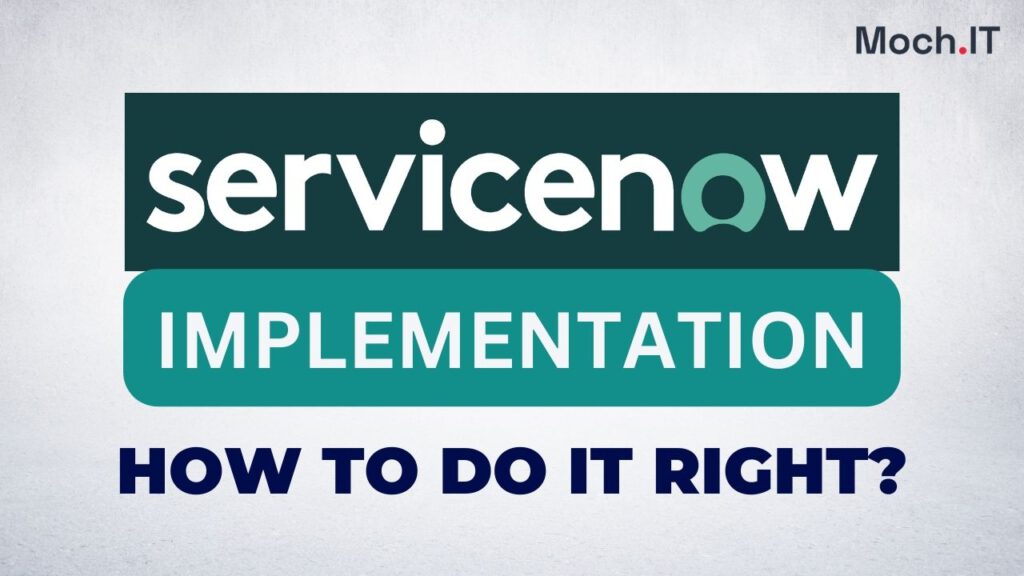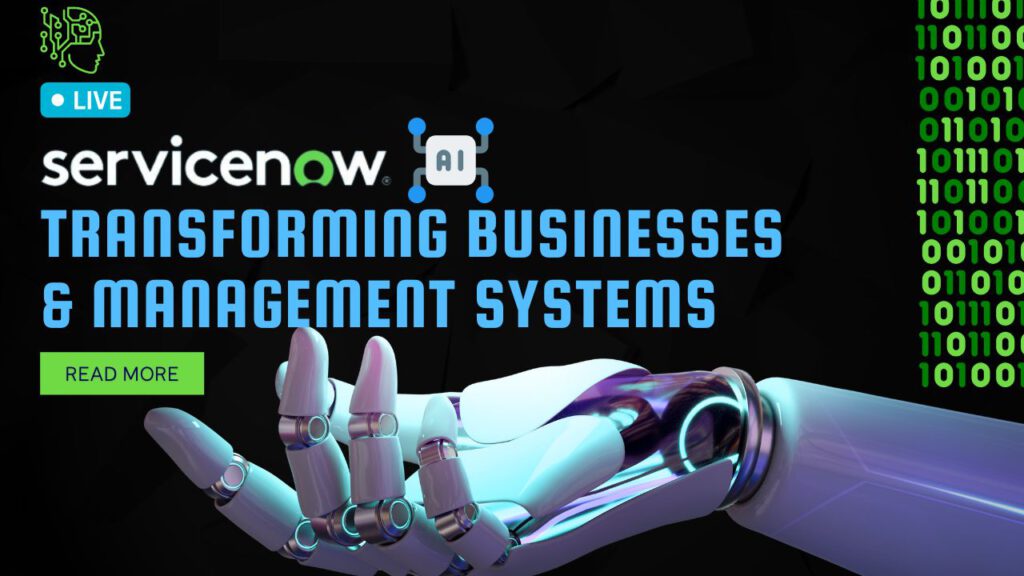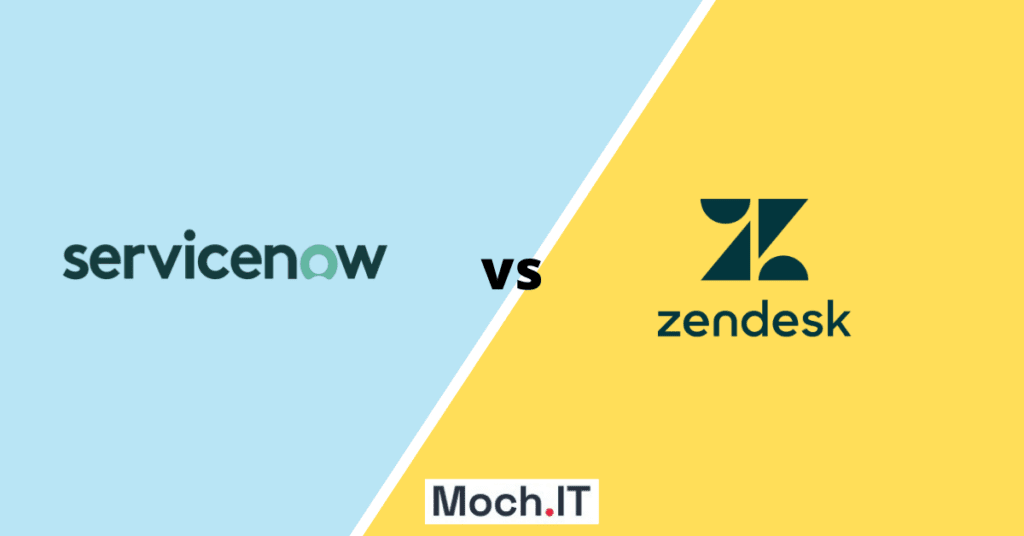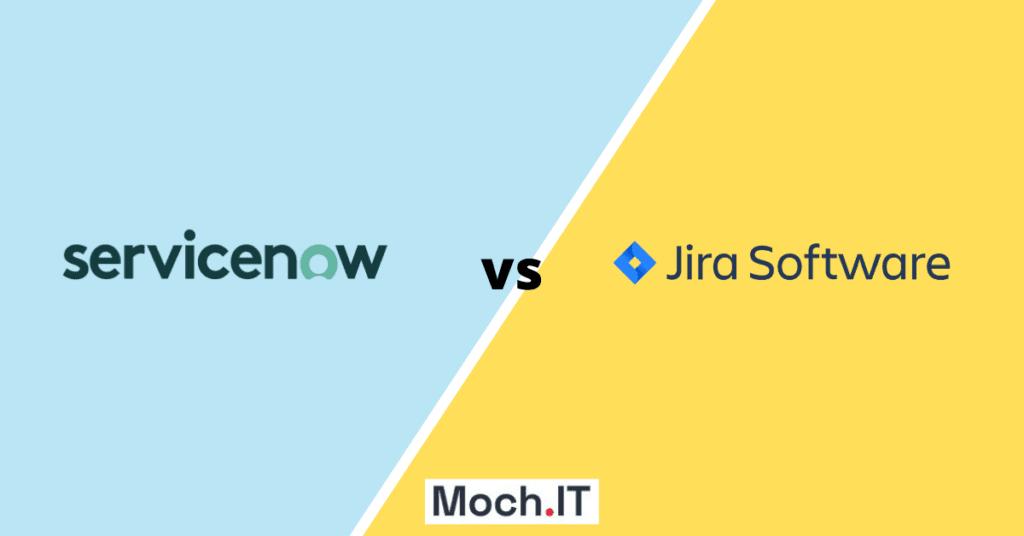Asset management is an integral part of any successful business. It helps you track and manage the assets that your company relies on, such as computers and software. But with so many different asset types, keeping them all organized and up-to-date can take time and effort. That’s where ServiceNow IT Asset Management comes in! ServiceNow is a cloud-based platform designed to help organizations streamline their IT operations by providing automated workflows for asset management tasks. In this article, we’ll explore how organizations can use ServiceNow’s powerful tools to optimize their asset management processes.
The first step in using ServiceNow for asset management is understanding its capabilities. With features like predictive analytics, machine learning algorithms, and real-time dashboards, it has everything needed to monitor and manage assets effectively. Plus, since it’s a cloud-based platform, users can access data anytime they need it – no matter where they are located or what device they’re using. This makes keeping tabs on your organization’s assets simple and efficient.
Finally, organizations must consider how they will integrate ServiceNow into their existing systems. By connecting the platform with other applications used across departments (such as HR systems or accounting software), businesses can ensure that everyone is working from the same data points when managing assets. And with automated workflows tailored to specific needs, teams can quickly identify issues before they become problems – reducing costs while improving operational efficiency simultaneously!
What Is ServiceNow Asset Management?
ServiceNow Asset Management is a cloud-based IT asset management (ITAM) system that helps organizations manage the lifecycle and cost of their IT assets. ServiceNow ITAM software enables businesses to track, monitor and optimize their IT investments from purchase to retirement. It also provides comprehensive visibility into IT resources, allowing companies to identify underused or obsolete hardware and software items to remove from the network. With its powerful automation capabilities, ServiceNow can automate complex processes such as purchasing, receiving, migrating, retiring, disposing, and upgrading assets across multiple platforms. ServiceNow Software Asset Management (SAM) also helps organizations maximize license compliance by tracking usage in real-time.
Overall, ServiceNow Asset Management solution offers an end-to-end view of the entire asset life cycle. This includes acquisition costs, installation details, services associated with each asset, warranties, and maintenance contracts. By leveraging this data to understand better how their assets are used within their environment, businesses can become more efficient and make smarter decisions about their investment strategies.
The Difference Between Cmdb And Asset Management In ServiceNow?
Starting with an example, imagine a business that has hundreds of devices connected to its network. The Configuration Management Database (CMDB) is the system it uses to keep track of all these items and their configurations. On the other hand, asset management in ServiceNow enables more detailed tracking by taking into account various factors such as financial information, warranty details, and depreciation rates for each asset.
Asset management also provides visibility into assets across departments and allows users to optimize use based on current needs. For example, when budgeting or making purchasing decisions, it can be used to identify which assets are no longer being utilized effectively or if they need replacement due to age or failure rate. This helps ensure that resources are allocated efficiently while reducing downtime resulting from failed hardware. It also facilitates faster resolution times since specific parts can easily be identified and replaced quickly upon failure.
Overall, asset management offers greater granularity over CMDBs regarding how data is tracked and reported. It helps organizations manage their investments more successfully by providing insight into usage patterns and helping them make better decisions about resources allocation.
What Is The Role Of Asset Manager In ServiceNow?
The role of the asset manager in ServiceNow is to ensure that all assets are properly managed. This includes tracking and managing each asset, keeping records up-to-date, creating reports on asset usage and performance, and performing maintenance tasks as needed. Asset managers also create workflows for specific processes, such as ordering spare parts or hiring external contractors. They must be organized and detail-oriented to ensure accurate data entry, monitor trends, and make decisions based on the best available information.
Asset managers must have a thorough understanding of the service catalogs available in ServiceNow and how they can be used to manage various types of assets. They should be familiar with how assets can be tracked, including physical locations, current status, warranty information, cost analysis tools, etc. Additionally, the asset manager must have strong communication skills so they can effectively communicate their ideas both internally and externally.
How To Use Asset Management In ServiceNow?
Now that you know the role of an Asset Manager in ServiceNow, it’s time to learn how to use asset management within ServiceNow. First, access the CMDB (Configuration Management Database) through the ServiceNow platform by navigating to Configuration > Assets > Overview. This will present a list of assets and their associated information, such as type, serial number, description, etc. You can then create new assets or modify existing ones using this interface. Additionally, from this screen, you can view relationships between different types of assets and gain visibility into all related components for streamlined maintenance operations.
Once your asset inventory is set up and organized, you can take advantage of various features offered by ServiceNow, such as automated workflows for tracking change requests, incident resolution processes, and more. With these tools in place, Asset Managers are able to ensure accuracy when dealing with complex IT environments while also reducing costs and increasing efficiency across an organization’s IT infrastructure portfolio. By leveraging these powerful solutions available on the ServiceNow ITSM platform, organizations are better equipped to manage their large-scale asset inventories efficiently and effectively.
Servicenow ITSM
Asset management within ServiceNow ITSM is an absolute necessity for any business. Without it, it’s like driving a car without brakes – you can run into serious problems quickly and cause major damage to the organization’sorganization’s resources. Asset Management in ServiceNow allows organizations to track all their assets from start to finish, ensuring that they are properly maintained, monitored, and accounted for at every step. It provides visibility into asset performance, cost analysis, and compliance reporting across multiple systems so that companies can make informed decisions about utilizing their resources.
Regarding tangible benefits, using asset management in ServiceNow helps businesses save time and money by reducing manual processes associated with tracking assets throughout their lifecycle. This also helps them become more efficient by streamlining workflows, allowing quick access to data when needed, and providing immediate insights on what needs attention or improvement. Additionally, deploying an effective asset management solution makes it easier for IT teams to manage security policies related to asset use and disposal and improve overall organizational productivity.
In conclusion, ServiceNow asset management is a powerful tool for any organization. It can help you keep track of all your assets and their associated information in one place. With the right setup and processes, it’s easy to use and maintain. The role of an asset manager in ServiceNow is critical in ensuring that accurate records are kept, changes are made quickly, and risk is minimized.
Using asset management properly in ServiceNow will improve efficiency and better accuracy when managing your IT environment. It’s like a well-oiled machine: everything runs smoothly but requires regular maintenance to stay running optimally. As an asset manager, I understand the importance of having reliable data on each asset at my fingertips to make informed decisions about its care and usage.
Overall, using ServiceNow ITAM gives me the peace of mind of knowing that my company’scompany’s assets are being tracked effectively across our entire IT landscape. It also allows us to be proactive instead of reactive by proactively monitoring our assets for potential issues before they become major problems – like catching a firefly just before it takes flight from the jar!



